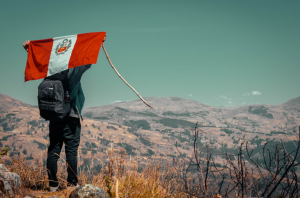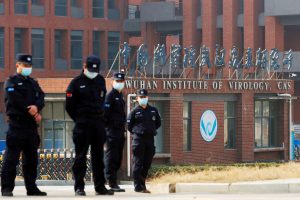Peru’s former Inca citadel Machu Picchu on Friday marked 109 years since it was rediscovered by US explorer Hiram Bingham — but the iconic site stood empty of tourists after plans to reopen for the anniversary had to be scrapped.
The jewel of Peruvian tourism closed to visitors in mid-March as the country locked down to combat the coronavirus pandemic — and a recent surge in infections led authorities to shelve its reopening plans, indefinitely for now.
“Last year many people came for the anniversary, but unfortunately this time we won’t have any visitors because we still don’t have a reopening date for Machu Picchu,” Darwin Baca, mayor of the nearby Machu Picchu settlement, told AFP.
“It might be in August because cases are still increasing in Cusco.”
The former Inca capital of Cusco is the nearest big city to the UNESCO World Heritage site.
Cusco governor Jean Paul Benavente announced earlier this month that visitors could return to Machu Picchu on July 24 if sanitary conditions permitted — but five days later he contracted the coronavirus as cases soared in the region.
When the site does eventually open it will be restricted to 675 visitors a day, Baca said — compared to up to 5,000 during a normal peak season.
Peru is one of the worst affected countries in Latin America by the pandemic with more than 370,000 cases and over 17,000 deaths.
COVID-19 shutdowns have decimated Peru’s tourism industry, with losses of $3.3 billion this year — and the Cusco area, where some 100,000 people earn a living from tourism, has been especially hard hit.
Machu Picchu, which means Old Mountain in the Quechua language that predominated in the Inca empire, was built for the Inca emperor Pachacutec in the 15th century on the peak of leafy mountain at 2,400 meters altitude.
It was a ceremonial center but there were also areas dedicated to agriculture and living quarters.






